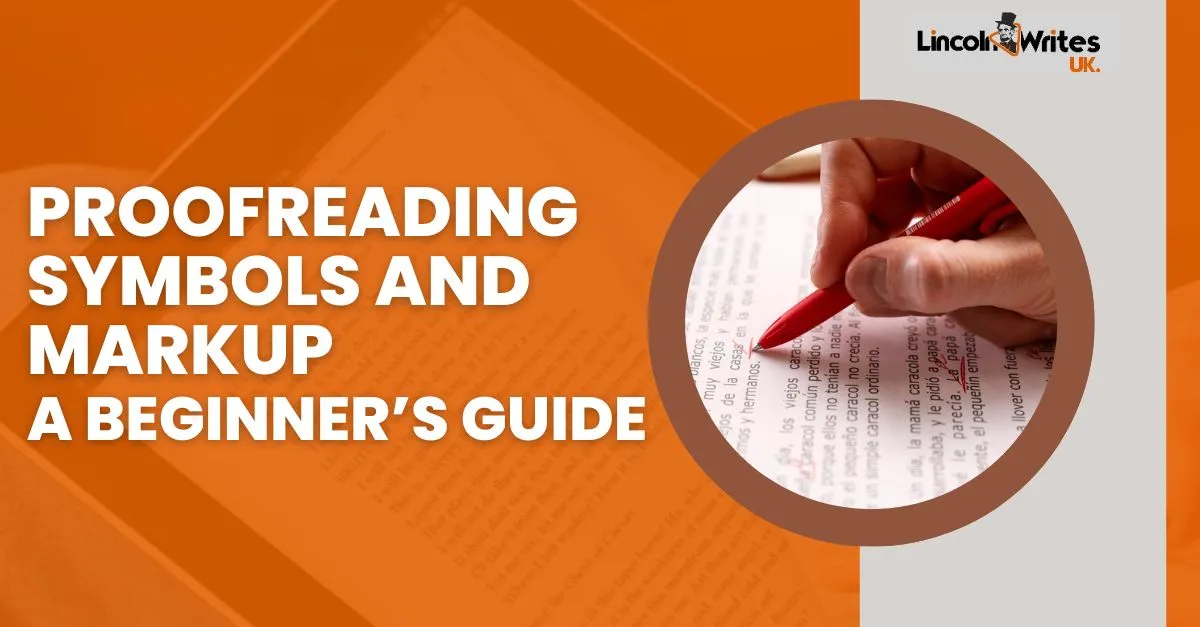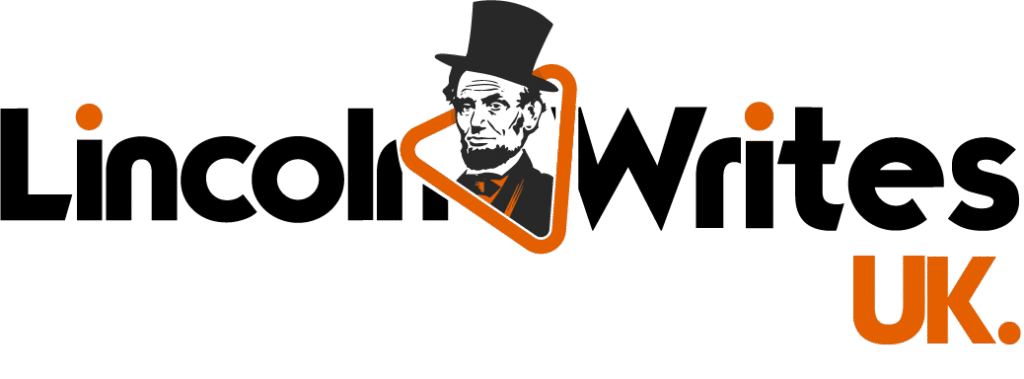So, you’ve finally wrapped up your manuscript. Whether it’s a business strategy playbook crafted through business leader ghostwriting or a deeply personal journey from memoir ghostwriting, your draft is complete, and you’re ready to polish it up.
Enter proofreading.
And if you’ve ever received a marked-up document covered in strange squiggles, slashes, and circles, you’ve likely wondered: what on earth do these symbols mean?
This is where proofreading symbols come in.
They’re the shorthand of the publishing world, used by professional proofreaders and editors to communicate changes efficiently and precisely. In this guide, we’ll walk you through what these marks mean, how they’re used, and when you’ll encounter them. You’ll also find out how this ties into proofreading in self-publishing, and when it’s time to bring in the pros.
Let’s decode the mystery.
What Are Proofreading Symbols?
Proofreading symbols are standardised marks used to indicate changes in a text. They appear in the margins or directly within the text itself and instruct a typesetter, writer, or editor on how to correct something.
Think of them as a universal editing language, especially useful in publishing houses or when collaborating under tight deadlines.
There are two main types:
- British Standard (BS 5261): Preferred in the UK, especially for print publishing
- House Style: Variations depending on the publisher or agency
These symbols are still used today, particularly in print editing and even in digital environments where clarity matters. And understanding them helps you better communicate with editors and proofreaders (especially if you’re paying for book proofreading services).
Common Proofreading Symbols (with Explanations)
Below is a simplified table of the most frequently used proofreading symbols. We highly recommend downloading or printing this if you’re preparing a manuscript or working with professionals.
| Symbol | Meaning | Example Use |
| sp | Spelling error | Incorrectly spelled word |
| # | Insert space | “bookstore” becomes “book store” |
| ∧ | Insert word or letter. | Add a missing article or preposition. |
| ~ | Change to lowercase | Fixes accidental capitalisation |
| / | New paragraph | Break a long paragraph |
| No // | No new paragraph | Keep the current paragraph as is |
| stet | Ignore previous change | Editor’s undo command |
| =̶ | Delete | Remove a word or punctuation |
| wc | Word change | Suggest a better phrasing |
Where Are These Symbols Used Today?
Even in the age of proofreading tools 2025, these symbols are still relevant, especially in:
- Academic publishing
- Legal manuscripts (ghostwriting legal aspects)
- Professional agency work
- Collaborations between author and publisher
- Annotated hard-copy reviews
In fact, many professional proofreaders mark up PDFs or printed pages, especially for sensitive material. If your work is going to a traditional vs ebook publishing channel, expect to see them.
Markup in Digital Proofreading
Most modern tools, like Track Changes in Word or Google Docs, use digital markup. But the logic still follows traditional proofreading conventions. For instance:
- Comments suggest improvements (like changing sentence structure)
- Strikethroughs = delete
- Highlighted words = attention needed
- Insertions and replacements are colour-coded
Even digital-first ebook publishers in the UK expect authors to understand the basics, especially if you’re liaising with a remote editor or proofreader.
Using Symbols with Proofreading Checklists
When working with a professional proofreader, combining proofreading symbols with a proofreading checklist ensures nothing gets missed, especially in manuscripts created under pressure, like ghostwriter ROI projects or high-profile content launches.
Your checklist might include:
- Spelling and punctuation
- Sentence clarity
- Chapter titles and subheadings
- Image and caption alignment
- Metadata preparation for platforms like Kindle or Kobo
Tools help, but checklists (and symbols) ensure consistency across every version of your manuscript.
When to Hire a Proofreader
Wondering when to hire a proofreader?
Right after your final content edit, but before you format your book for submission or upload. This is the golden window when symbols and markup are easiest to process.
You’ll want someone who:
- Knows UK proofreading standards
- Understands your genre (e.g. fiction vs business)
- Is familiar with your publishing path, whether you’ll choose an ebook publisher or print
The Role of Proofreading in Self-Publishing
When self-publishing, you’re the author, publisher, and project manager. That means no safety net, only your eye for detail (or the professionals you hire).
Correctly used proofreading symbols can:
- Speed up collaboration with editors
- Help you spot recurring issues
- Clarify feedback from beta readers or professionals
- Reduce miscommunication when outsourcing corrections
Whether you’re writing for an ebook publisher marketing support or prepping for broad ebook distribution channels in the UK, proofreading gives your book the best chance of success.
Keep Up with 2026 Trends
As we look toward ebook publishing trends 2026 UK, accuracy and professionalism will only grow in importance.
Why?
- AI content is everywhere, and human precision will stand out
- Reader expectations are rising
- Quality affects discoverability and metadata placement
- Distribution platforms are increasing the standards for content approval
In short: strong proofreading = stronger results.
Final Note
Proofreading symbols might seem old-school, but they remain one of the most efficient ways to mark up and improve a manuscript, especially in professional publishing environments.
Understanding these symbols puts you in a better position to:
- Review feedback confidently
- Collaborate with editors efficiently
- Maintain quality across drafts
- Present polished work, whether you’re self-publishing or submitting
At Lincoln Writes UK, our book proofreading services support authors at every stage of the process, including symbols, checklists, markup and all. We make sure your work is error-free, genre-ready, and market-ready, no matter where or how you publish.
Ready to get your manuscript proofed like a pro? We’ll translate the marks, the jargon, and the industry standards, so you can focus on the writing.


